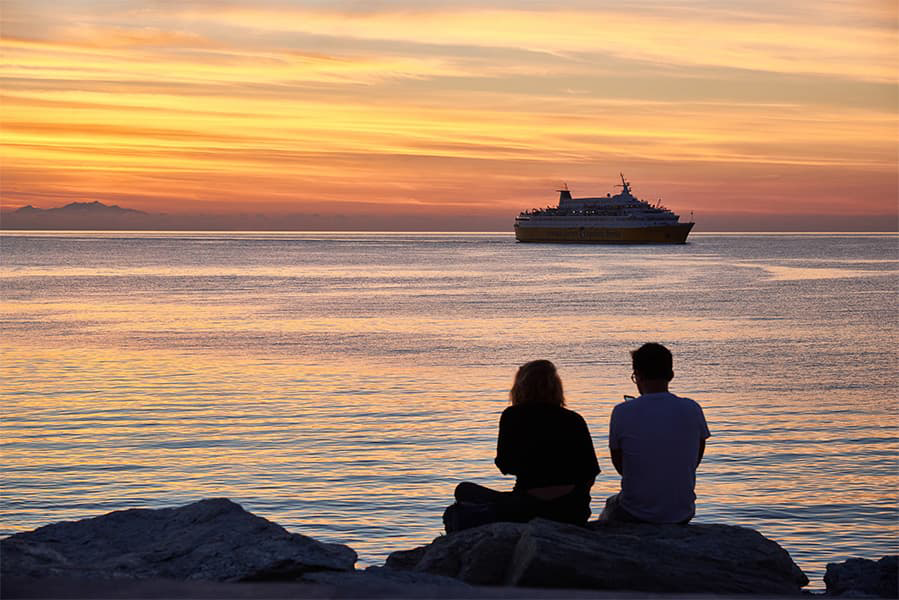Salerno – Catania
Ferry to Sicily
Salerno – Catania
Ferry to Sicily

The Salerno Catania ferry route is currently not sailing. Salerno Catania sailing durations and frequency may vary from season to season. View our Deal Finder for alternative routes and compare prices, times and schedules.
More routes than anyone else.

Compare fares, times & routes in one place.
Change plans easily with flexi tickets.

Book e-tickets & manage trips in-app.
Live ship tracking & real-time updates.

Top-rated customer support when you need it.
The Italian city of Salerno is located on the Gulf of Salerno on the Tyrrhenian Sea, and is the capital of the Salerno region of Italy, and is close to the Amalfi Coast. The town is well known as the home of the first medical school in the world, the Schola Medica Salernitana. The city, which is the cultural hub of the region is popular with visitors who enjoy strolling around the city taking in the wonderful sights, many of which are located close to the city centre. The city is characterised by beautiful pedestrian street, large piazzas and lovely shops.
The city is located in the centre of a geographical triangle nicknamed the Tourist Triangle of the 3 P's, whose corners take in the towns of Pompeii, Paestum and Positano. Because of this there are many points of interest including the Lungomare Trieste (Trieste Seafront Promenade), the Castello di Arechi (Arechi's Castle), the Duomo (the Cathedral) and the Museo Didattico della Scuola Medica Salernitana (the Educational Museum of the Salernitan Medical School).
Catania is located on the east coast of Sicily on the Ionian Sea and is the second largest city in Sicily and sits under the imposing shadow of Mount Etna, or A Muntagna as the locals call it. The volcano has had a significant influence on the city's history and its actual existence, having destroyed the city on several occasions. The most destructive being an eruption in the 17th century. Catania was covered in lava in 1669 and then 24 years later, in 1693, an earthquake shook the town to its foundations.
A popular attraction in the city, located on the edge of the town's square is the Cathedral which is dedicated to St. Agata, the city's patron saint. The cathedral stands on the site of an earlier 11th century church that was almost entirely destroyed in the 1693 earthquake. The imposing cathedral's baroque architectural style incorporates Roman columns taken from an amphitheatre. There are more Roman elements in the cathedral as beneath there are some Roman baths. The Baroque theme continues within the cathedral's interior with several ornate chapels and a fresco depicting the 1693 earthquake. Catania's most famous son, Bellini, is buried in the cathedral as are three Aragonese Kings: Frederick II, Louis and Frederick III.